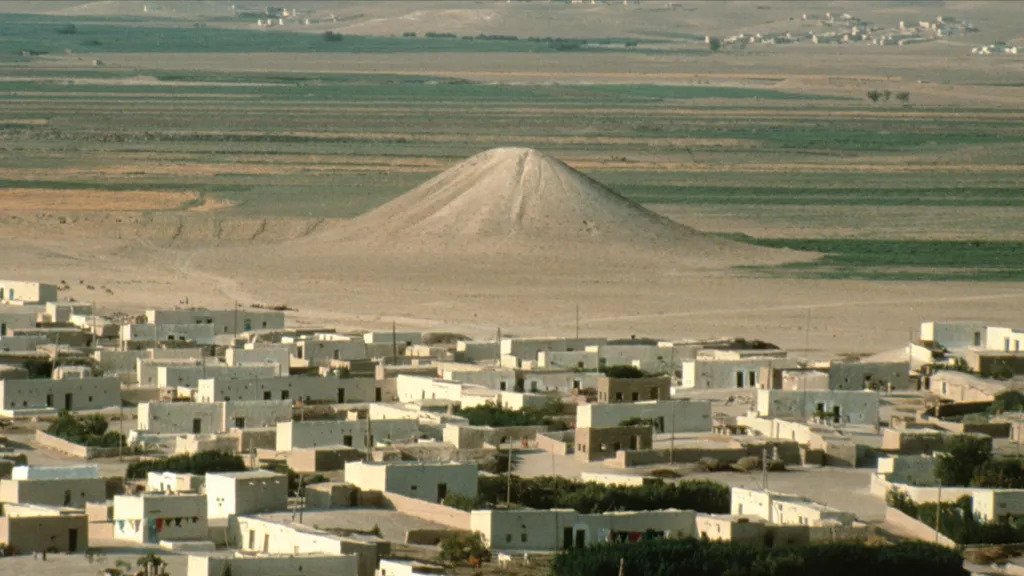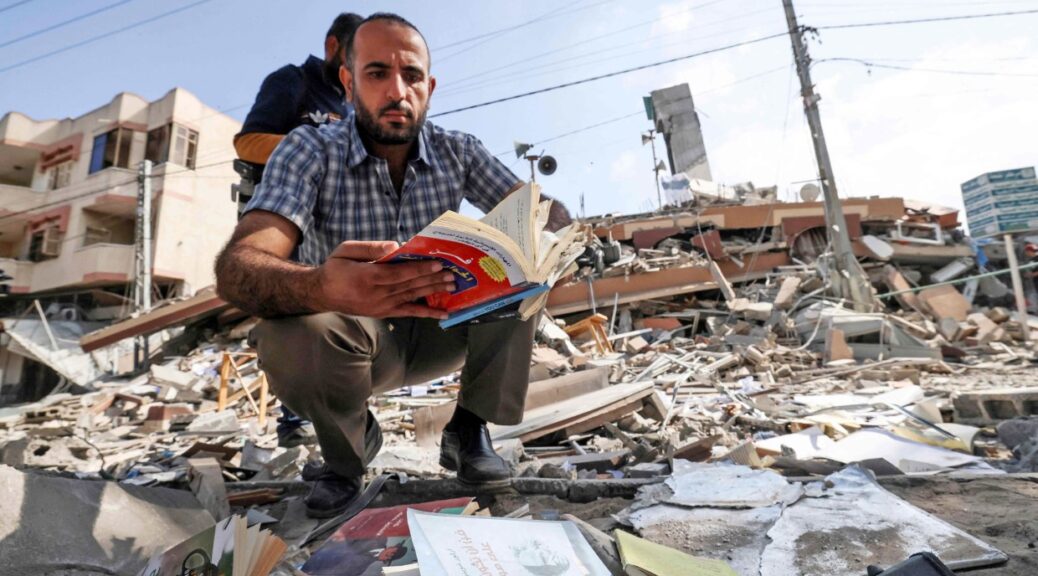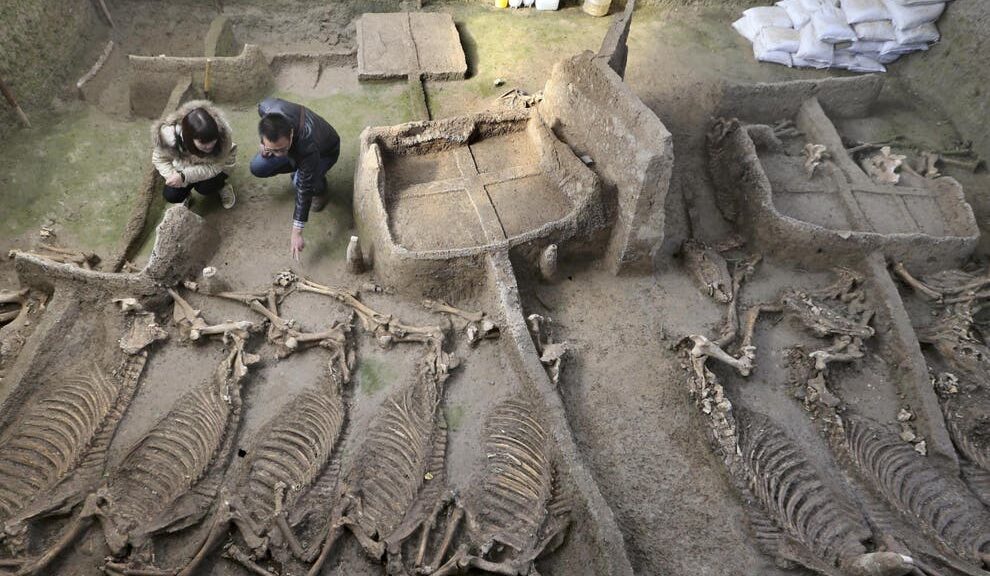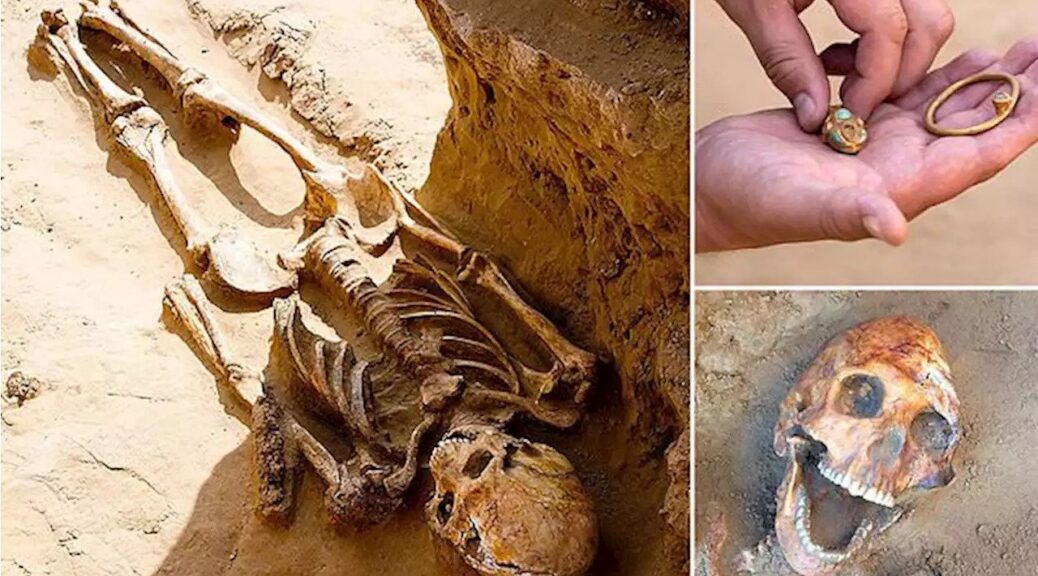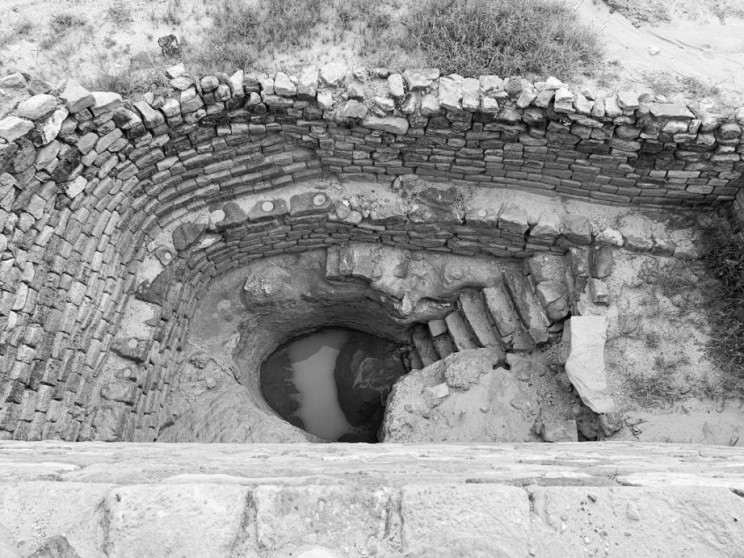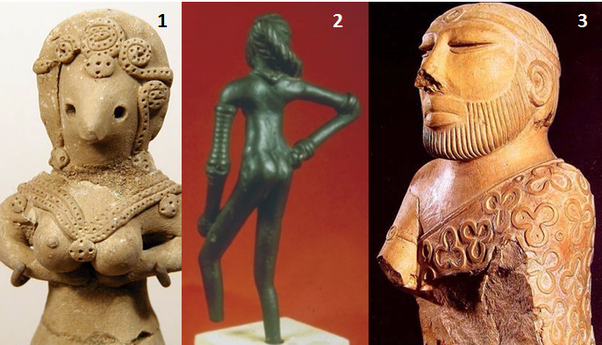A pyramid-shaped mound holding 30 corpses may be the world’s oldest war monument
The massive burial mound, which includes the corpses of at least 30 Syrian warriors and is now underwater, may be the oldest battle monument ever uncovered, according to experts. Tel Banat’s ruins stretch back at least 4,300 years.

This monument is also the first example of a particular type of monument found in ancient inscriptions. Mesopotamia The corpses of either the enemy or the local war dead are piled up to form a highly organized structure.
The finding also shows that “as we did, ancient people paid homage to those who died in the war,” said Anne Porter, a professor of ancient Middle Eastern civilization at the University of Toronto. “I don’t know if they are the winners or losers of the battle. [the people from Tell Banat] Perhaps sometime after the incident, he took the body of the dead from another location and buried it in a huge mound that could be seen miles around, “Porter said in a statement.
A monument a little like the Step Pyramid of King Jezel Djoser To Egypt Archaeologists wrote in a paper published in the journal on May 28, except that the layers of the monument are made of earth and plaster instead of stone.

AncientArchaeologists write that people who lived in the area today called this mound a “white monument” because plaster shines the monument in the sun.
The site was excavated between 1988 and 1999 by a team led by Porter and Thomas McClelland, both of whom were archaeologists of the Euphrates Salvage Project at the time, but researchers have so far They did not fully understand the purpose. They carried out these excavations before the site was flooded by the construction of the Tishrin Dam.
Since then, the same archaeologist, along with an undergraduate student at the University of Toronto, scrutinized the findings and determined that the location was probably the oldest known example of the war monument in the world. They also discovered that the monument was built on top of a previous building.
Dead military
Researchers were able to learn that the body was buried with great care. “Collection Human bone Deposited on Phil as a horizontal step [of the monument] It was built up. The research team placed the ancient treatises directly on the soil, without any special coverings or boundaries. “Bones are small, fragmented, somewhat diffuse, but still intentionally separate groups. It was divided into “.
The bodies were fragmented, and in many cases, the age and gender of the deceased could not be determined. Males could be identified, ranging from adults to ages 8-10. It is not clear why people between the ages of 8 and 10 are placed at the war monument.
The bones seem to have been dug out and re-buried in the monument. In his treatise, archaeologists said, “Bones may have come from old battlefields and graveyards. Nevertheless, they were selected, organized, and finally carefully preserved in the monument long after death. I did. ”
Some of the dead were buried with Kanga, a “donkey-like horse breed that pulls vehicles in ancient art,” the statement said. According to archaeologists, the soldiers buried with Kunga You may have worked as a wagon driver.
In addition, the team found pellets buried near the dead. In the ancient world, pellets fired from slings are often used as weapons, which may symbolize the role the deceased played when he was alive.
In a statement, Porter said, “I realized that there is a clear pattern of burial. A pair of bodies with horse skin on one part of the monument and pellets of soil on the other.
It’s a single individual, “he added, adding that the placement suggests individual bodies. It belonged to the ancient army. The organized ancient army could have been divided into various units, such as wagon units and infantry units equipped with slings and pellets.
A pattern suggesting an individual placed in “appears. [the memorial] Not only did they participate in the battle, but they also participated in a formal way: they were part of an organized army and were divided into infantry and infantry, “the archaeologist wrote.
The team also found a model of a covered wagon, a figurine depicting a clay kunga and wheels with the dead. The pyramid-shaped mound containing 30 bodies may be the oldest war monument in the world
Source link The pyramid-shaped mound containing 30 bodies may be the oldest war monument in the world
